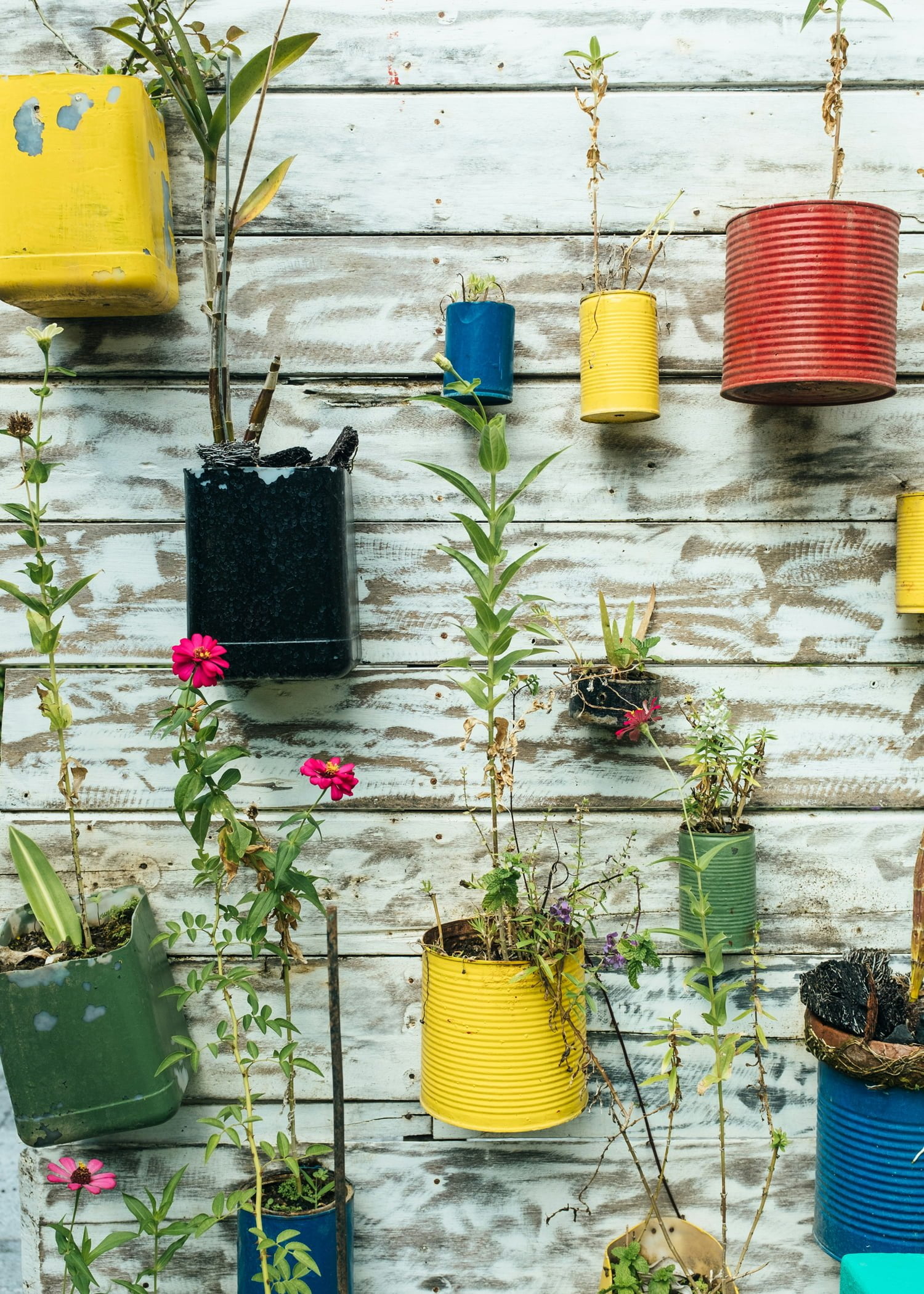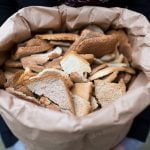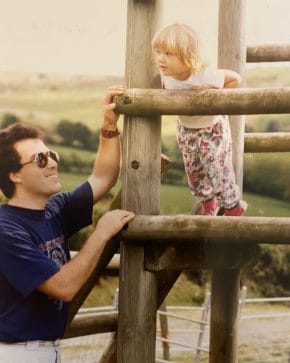What is upcycling and why does it matter?
Photo: Bernard Hermant / Unsplash

What is upcycling?
Upcycling is the process of turning old or waste materials into valuable new resources.
Almost anything can be upcycled. Old tyres can be turned into stylish furniture, glass bottles into chic lampshades and discarded textiles into trendy sneakers. These transformations are not only sustainable and practical but also add an aesthetic value that is often unique.
Why is upcycling important?
Upcycling plays a crucial role in minimizing waste, limiting the demand for new materials and conserving energy. This results in a significant reduction in air pollution, water pollution and climate-warming emissions.
Upcycling also supports a circular economy by reusing materials and products over and over again. Beyond the direct benefits for the planet, upcycling fosters creativity and innovation in sustainable design.
Upcycling vs. recycling – what’s the difference?
While upcycling and recycling are both important for sustainable waste management, they differ slightly in process and impact. Recycling involves breaking down used items to create raw materials. Upcycling transforms items without breaking them down, often resulting in products of higher quality and value.
That’s why some recycling is referred to as ‘downcycling’. This is because the quality and value of the material goes down each time it is recycled. Paper is an example of downcycling. The long fibers in paper get shorter every time paper is recycled. This reduces the quality of the paper and makes it harder to recycle it next time. Eventually, the fibers become too short to stick to each other and the paper has to be discarded. Even so, paper can be recycled multiple times – up to 25 according to a new estimate – which has important implications for its recycling and functional value.
But perceptions of value aren’t totally objective. So what’s considered upcycling or downcycling depends to a certain extent on whether you believe value has been added.
Upcycled food
Food upcycling is an emerging approach to tackling the huge problem of food waste. It involves using ingredients that would otherwise be thrown away to create new, tasty and nutritious products. Think of potato skins used in soups or fruit pulp added as fiber to other foods.
Companies are just starting to upcycle food, but you may already be doing it at home. Banana bread made from overripe bananas is a classic example of upcycled food.
Upcycling clothes
Upcycling clothes gives new life to pre-loved garments. It can be as simple as personalizing a thrift store find or as complex as taking apart and reassembling pieces into a completely new item.
Upcycling clothes not only helps reduce the fashion industry’s huge environmental impact but also creates one-of-a-kind outfits that celebrate your individuality.
Getting started with upcycling
Upcycling is all about seeing the potential in everyday items. Want to give it a go? Before throwing something out, consider how it can be repurposed. Start small, perhaps by turning empty tins into plant pots or personalizing an old piece of clothing. Online communities and upcycling apps can offer inspiration and guidance.
Need upcycling inspiration?
We’ve listed 20 cool upcycling ideas for you.







